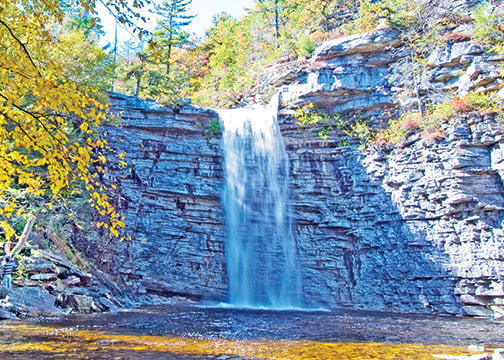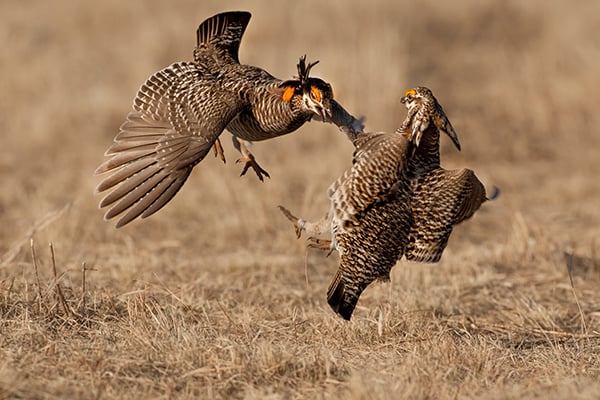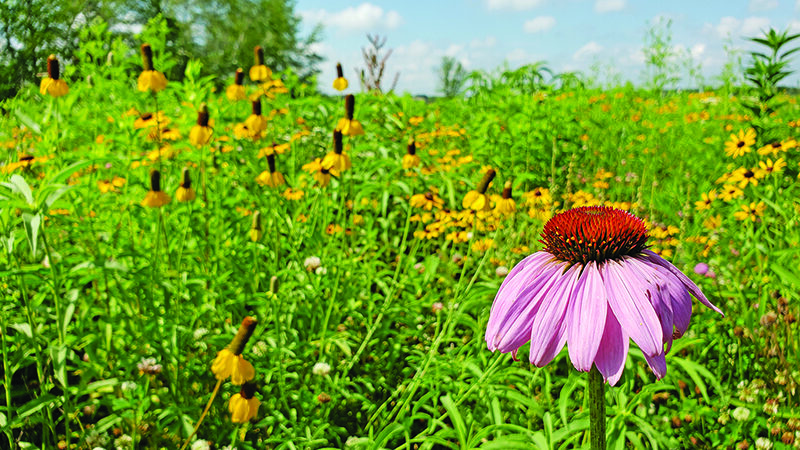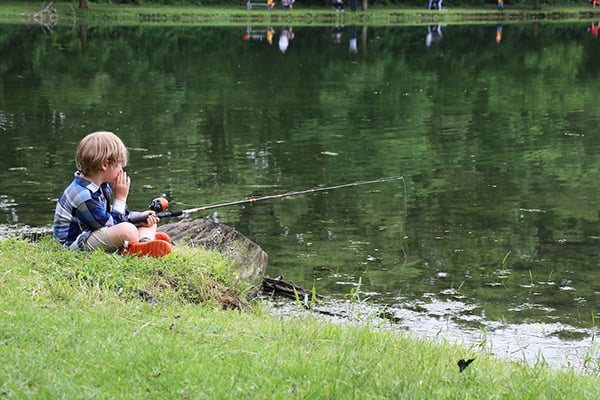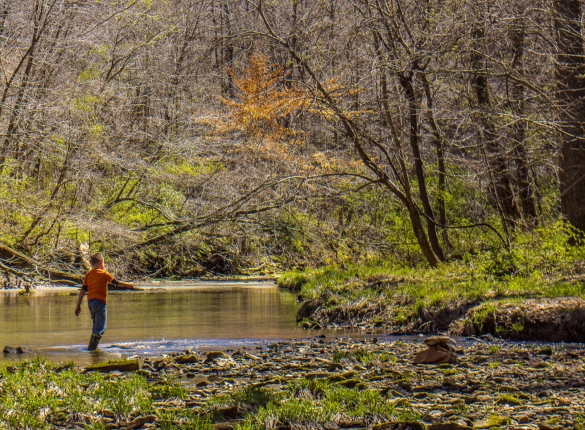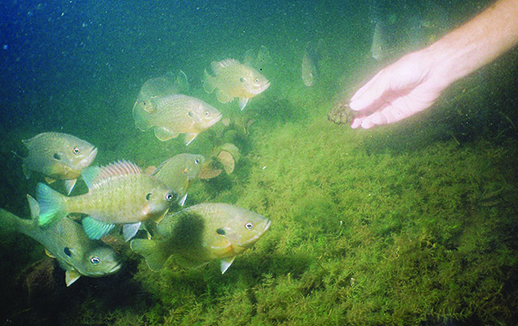Deer permit area 342 added to Minnesota CWD management hunt Dec. 15-17 – Outdoor News
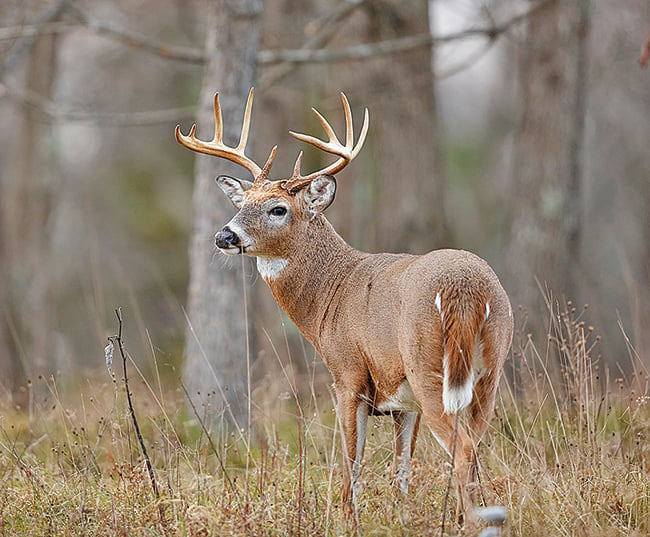
Deer permit area 342 near Wabasha has been added to other DPAs in southeastern Minnesota and the south metropolitan area where hunters can harvest deer during a late-season chronic wasting disease management hunt. DPA 342 was added to the hunt after a deer harvested there this fall tested positive for CWD.
Dates for this late-season hunt are Friday, Dec. 15, through Sunday, Dec. 17. Deer permit areas open to this CWD management hunt are 342, 605, 643, 645, 646, 647, 648 and 649.
The Minnesota Department of Natural Resources establishes CWD management hunts to assess potential disease spread and to help mitigate the risk of CWD transmission by reducing the number of deer. To encourage participation in the management hunt, there is flexibility in the licenses and permits that are valid and there are no restrictions on the number of deer that a hunter may take.
Although the bag limit for this hunt is unlimited, 98% of successful hunters during the late CWD hunt in 2022 took only one or two deer.
MORE WHITETAIL COVERAGE FROM OUTDOOR NEWS:
New group formed in Minnesota called Hunters for Hunters focuses on wolves
Still seeking a buck? December deer hunting means putting in your time
December breeding could mean final chance to tag a buck
A hunter may use any unfilled archery, firearms, muzzleloader or landowner deer hunting license. Unfilled bonus permits and early antlerless permits also may be used. The hunting method used must match the license.
Hunters also may use any unfilled disease management permits or they may purchase a disease management permit for $2.50. During this hunt, individuals using disease management permits may hunt by archery, firearms or muzzleloader, and do not need any additional deer hunting license or permit.
Unlike other hunts, disease management permits may be used to tag both antlered and antlerless deer. Bonus permits and early antlerless tags can only be used to tag antlerless deer. The DNR reminds hunters that the Vermillion Highlands Wildlife Management Area is closed to public hunting during the CWD management hunt.
CWD sampling mandatory
CWD sampling is mandatory for deer harvested in this hunt.
Harvested deer must be taken to a sampling station, or hunters can use the mail-in sampling kits rather than a check station and must have their samples postmarked within 72 hours of harvest. Hunters must obtain mail-in kits before taking the deer to comply with the sampling requirement.
Information on mail-in kits is available on the DNR website. In-person sampling stations will be open 9 a.m. to 7 p.m. Friday, Dec. 15 through Sunday, Dec. 17. A complete list of station locations is available on the DNR website.
Special access permits available for select state properties
Some public lands in southern Minnesota where deer hunting is otherwise not allowed will be open to hunting by a limited number of people during the late-season CWD management hunt.
Special, no-cost permits to access these areas will be available from any DNR license vendor on a first-come, first-served basis starting at noon on Dec. 1.
The public lands in southern Minnesota for which there are a limited number of no-cost access permits are:
- Cannon River Wilderness Area
- Forestville Mystery Cave State Park
- Great River Bluffs State Park and King’s and Queen’s Bluff Scientific and Natural Area
- Nerstrand Big Woods State Park and Prairie Creek Woods Scientific and Natural Area
- Pin Oak Prairie Scientific and Natural Area
Hunters may only possess and use nontoxic ammunition when participating in the disease management hunt in a Minnesota state park or scientific and natural area. Details are available on page 93 of the Minnesota Hunting Regulations.
RELATED STORY:
Minnesota DNR bans lead ammo on 56 state scientific and natural areas where hunting is allowed
Hunters are reminded to avoid using ATVs on designated snowmobile trails and cross-country ski trails.
Carcass movement restrictions in place, except for DPA 342
Carcass movement restrictions apply in all late-hunt DPAs except 342.
Hunters in DPA 342 are not required, but are encouraged, to keep whole carcasses within the DPA until the carcasses are quartered or the meat is de-boned. Carcass movement restrictions apply in all 600-series DPAs and are supported with dumpsters for carcass disposal.
The timing of the detection of the CWD-positive deer in DPA 342 did not allow for dumpsters to be coordinated in time for the management hunt. Complete details on carcass movement restrictions and how to follow them are available on the DNR website.
Complete information about the hunts is available on the DNR website.


